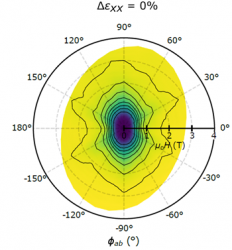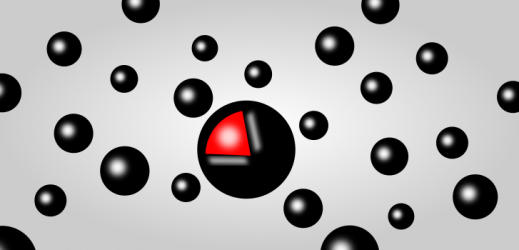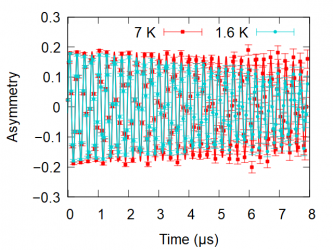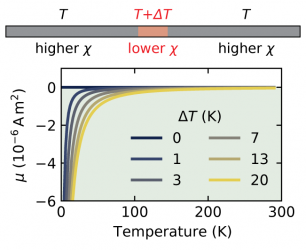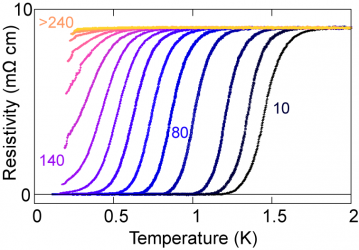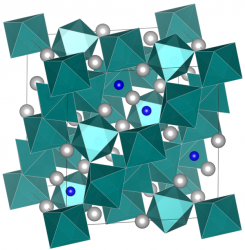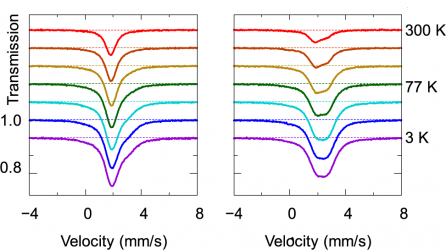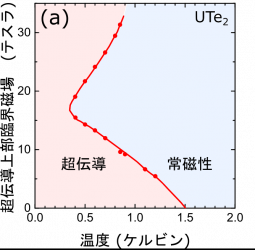In consumer liquid-crystal displays, “nematic” liquid-crystals, in which bar-shaped molecules align along a certain direction, are utilized. Configuration of this molecular alignment can be controlled by an applied voltage, to change the light transparency of each pixel. Recently, “nematic superconductivity”, which is analogous to nematic liquid-crystals, has been discovered. Superconductivity, the phenomenon characterized by the […]
![]()
